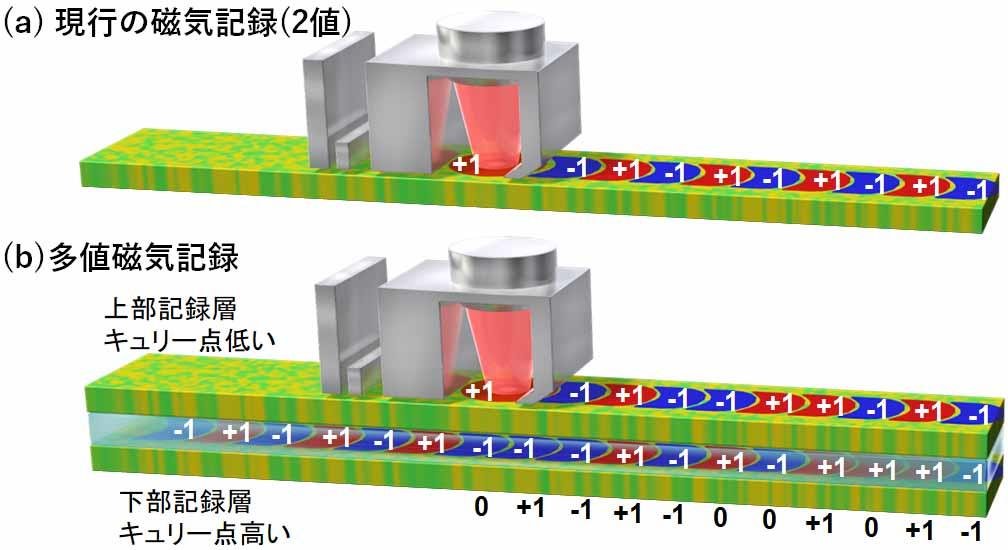2024-03-22 マサチューセッツ工科大学(MIT)

A new measure of rising temperatures, called “outdoor days,” describes the number of days per year that outdoor temperatures are neither too hot nor too cold for people to go about normal outdoor activities, whether work or leisure, in reasonable comfort. Credit: iStock
<関連情報>
- https://news.mit.edu/2024/new-way-quantify-climate-change-impacts-outdoor-days-0322
- https://journals.ametsoc.org/view/journals/clim/aop/JCLI-D-23-0346.1/JCLI-D-23-0346.1.xml
気候変動が “屋外日数 “に与える影響の南北格差 North-South disparity in impact of climate change on “outdoor days”
Yeon-Woo Choi,Muhammad Khalifa, and Elfatih A. B. Eltahir
Journal of Climate Published:18 Mar 2024
DOI:https://doi.org/10.1175/JCLI-D-23-0346.1
Abstract
Here, we introduce the concept of “outdoor days” to describe how climate change can affect quality of life for different communities and individuals. An outdoor day is characterized by moderate temperature, neither too cold nor too hot, allowing most people to enjoy outdoor activities. The number of “outdoor days” is a non-linear function of the daily surface air temperature. If the latter falls within a specific range describing assumed thermal comfort conditions, then we assign that day as an “outdoor day”. Using this function, we describe climate change impacts on temperature differently compared to other studies which often describe these impacts in terms of the linear averaging of daily surface air temperature. The introduction of this new concept offers another way for communicating how climate change may impact the quality of life for individuals who usually plan their outdoor activities based on how local weather conditions compare to their preferred levels of thermal comfort.
Based on our analysis of regional variations in “outdoor days”, we present observational and modeling evidence of a north-south disparity in climate change impacts. Under highemission scenarios, CMIP5 and CMIP6 models project fewer “outdoor days” for people living in developing countries, primarily located in low-latitude regions. Meanwhile, developed countries in middle- and high-latitude regions could gain more “outdoor days”, redistributed across seasons.



